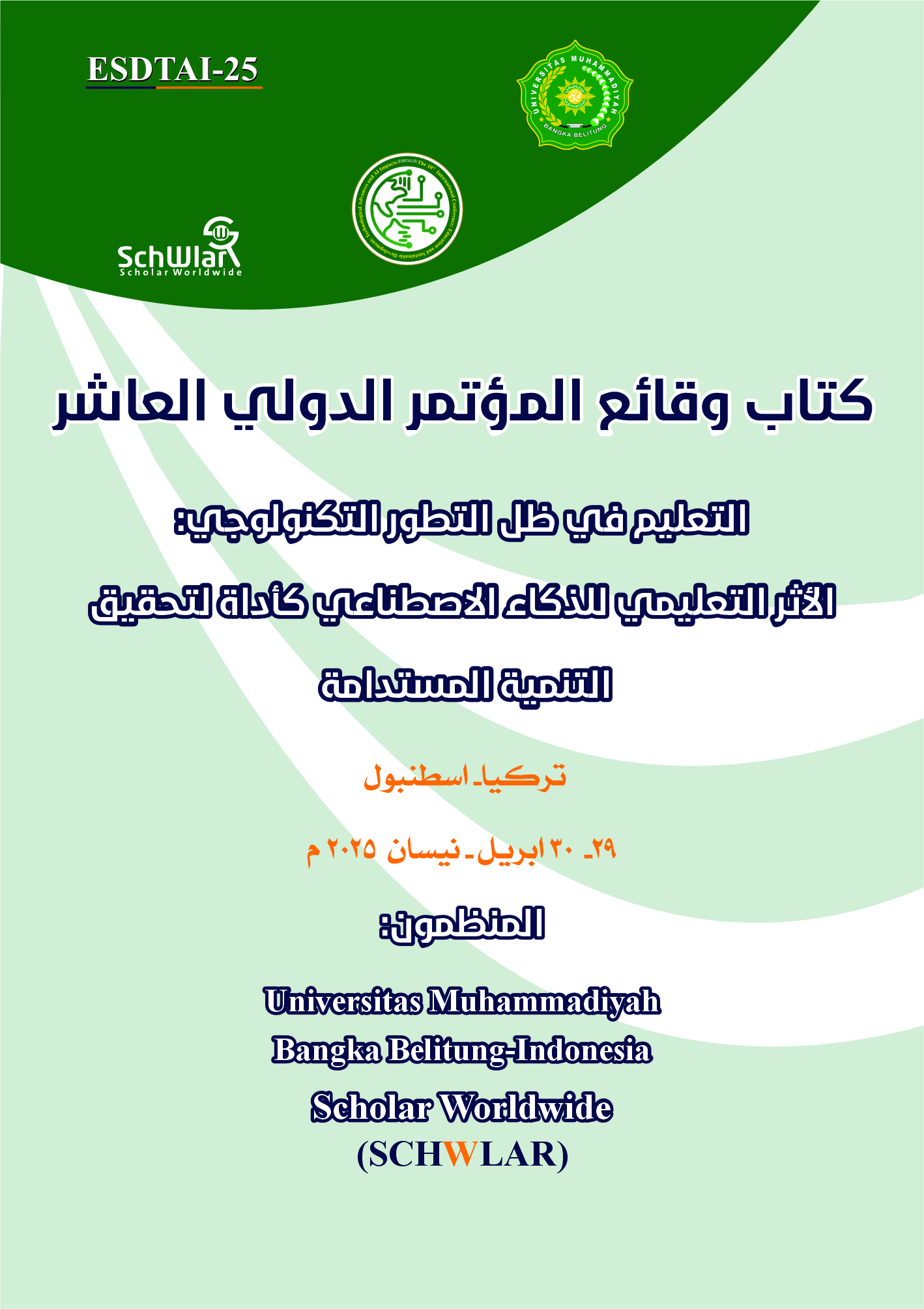Ottoman Education in Iraq and Its Role in Enhancing Modern Education by Artificial Intelligence Based On the Ottoman Legacy
Main Article Content
Abstract
Ottoman education in Iraq began with the arrival of the Ottomans in the region during the 16th century. Initially, education was primarily focused on religious sciences, delivered through mosques, katateeb, and traditional religious schools. However, the 19th century marked a turning point with the advent of the Tanzimat reforms across the Ottoman Empire. These reforms introduced a modern educational structure that emphasized natural sciences, European languages, and the establishment of vocational and military schools. This modernization significantly influenced Iraq’s educational system by updating curricula and enhancing scientific and technical instruction. Despite these advancements, religious education maintained a central role. Following the fall of Ottoman rule in the early 20th century, Iraq continued to build upon the foundational elements established during the Ottoman era, particularly in religious and military education. Today, with the integration of modern technologies, such as artificial intelligence, machine learning, and predictive analytics, there is potential to revisit and build upon the Ottoman educational legacy. These tools can be harnessed to improve curriculum design and develop intelligent, student-centered classrooms that respond to diverse learner needs.
Article Details

This work is licensed under a Creative Commons Attribution 4.0 International License.
